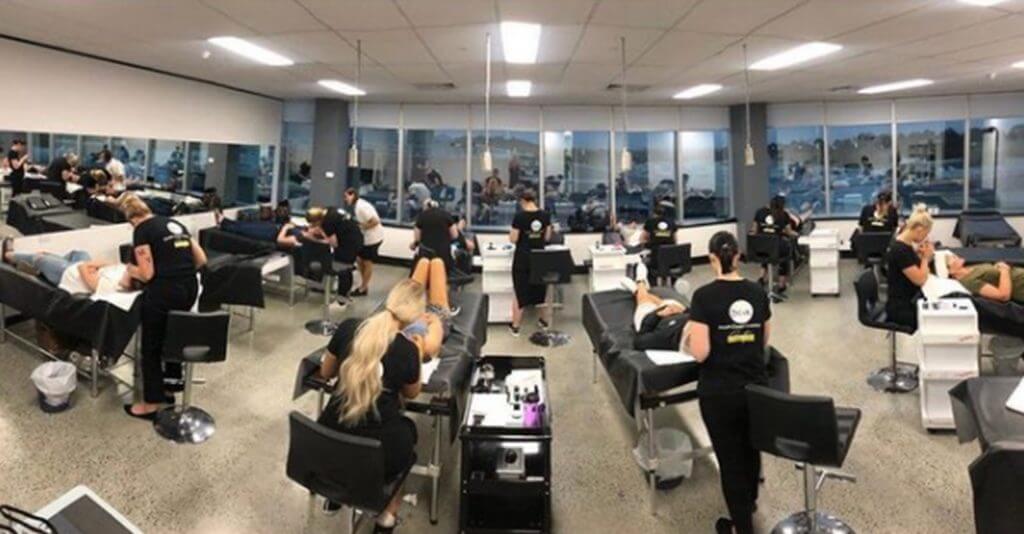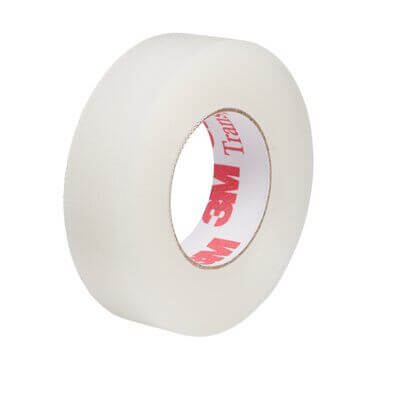Everything you need to know about beauty therapy training

Everything you need to know about beauty therapy training
You’ve decided you’d like to train as a beautician and/or lash technician – congratulations! You’re one step closer to a very rewarding and flexible career. The next step is trying to find the right training to go for. But with all the technical jargon in the industry, where do you even begin?
I know it can be overwhelming. Here’s a guide I’ve put together to help you navigate the different types of training on offer and my advice on selecting the best one to fit your needs.
Work out what you specifically want to study
There are a lot of courses out there, so the first step is to work out which path you’d like to go down in the beauty industry. The industry is huge and there are different areas of specialisation that you can choose from. Getting specific is very helpful in working out what courses are suitable.
For example, are you interested in lashes and brows? Do you want to do spray tanning? Or perhaps even both? Do facials interest you?
Aside from your interests, consider what your talents are as well. Have you been praised for your makeup skills? Do you enjoy creating new hairstyles? Are you patient and enjoy something as precise as lash application?
Knowing this information beforehand can help narrow down your options when selecting a course.
The differences between certified, accredited, and non-accredited
During your research, you may come across terms like ‘certified’, ‘accredited’ and ‘non credited’.
Certified means you receive a certificate after completing your training. In the beauty industry, a certificate will provide evidence to your clients that you’ve completed training to the industry standard level.
Accredited training is a higher level than certification and provides you with a nationally recognised qualification. It’s also referred to as nationally recognised training for the industry. An accredited course means it has been independently evaluated and found to meet strict government and industry standards, as outlined in the Australian Quality Training Framework. It must also be delivered by a Registered Training Organisation (RTO).
While a certificate shows that you’ve studied and passed a course, accreditation shows that you understand what was taught. The next step after completing an accredited course is to study towards a formal qualification such as a diploma or a certificate. Accreditation is more expensive than gaining a certificate and it also involves the formal assessment of students undertaking the training. It also means having assessors involved in your business and you’ll have to meet certain compliance requirements.
If you’re planning on working abroad, on a cruise ship, or in a spa, you might prefer to pursue accredited training, as it is recognised overseas.
Bear in mind though, that some modern treatments, such as brow lamination, don’t offer accredited courses. However, a certificate in training will be enough for you to start offering the service to your clients.
Non-accredited (or unaccredited) courses mean that a course follows accredited standards. However, it doesn’t lead to a formal academic qualification, and it is not nationally recognised. Nevertheless, it is still accepted by industry associations or peak bodies. Training providers also must be a member of a professional association and hold professional indemnity insurance.
While non-accredited courses don’t carry national recognition, there are advantages to completing them if qualifying is not a key reason for undergoing the training:
- The course can be built around the students’ interests and specific training needs.
- Students can only learn the necessary unit of competencies from the training package, for example, they can learn waxing, tinting, or facials instead of all the qualification requirements.
- The duration of training is shorter and much cheaper than a certificate or accreditation.
Non-accredited courses are also great if you’ve already received a certificate or accreditation and would like to upskill or polish your skills in a particular area.
Good luck in your educational search! Feel free to make any comments or ask any questions below. As a nationally accredited trainer and assessor in the beauty, skin, and makeup industry for over 20 years, I am always here to help and point you in the right direction!
The post Everything you need to know about beauty therapy training appeared first on Graft A Lash.

